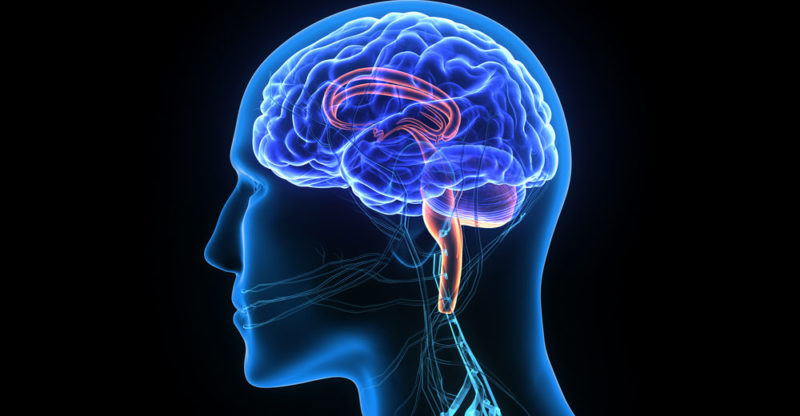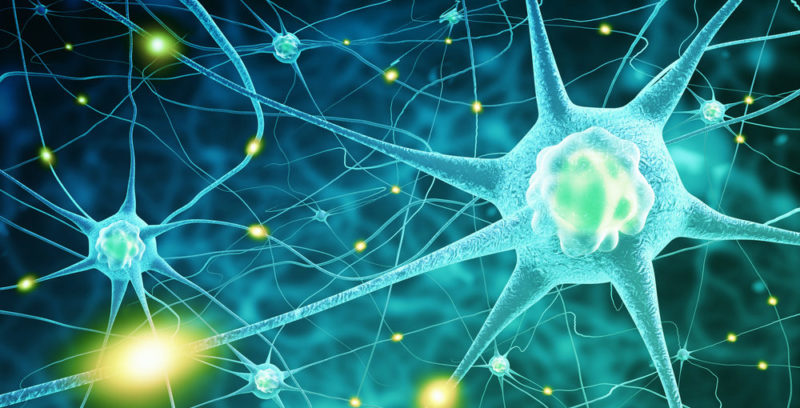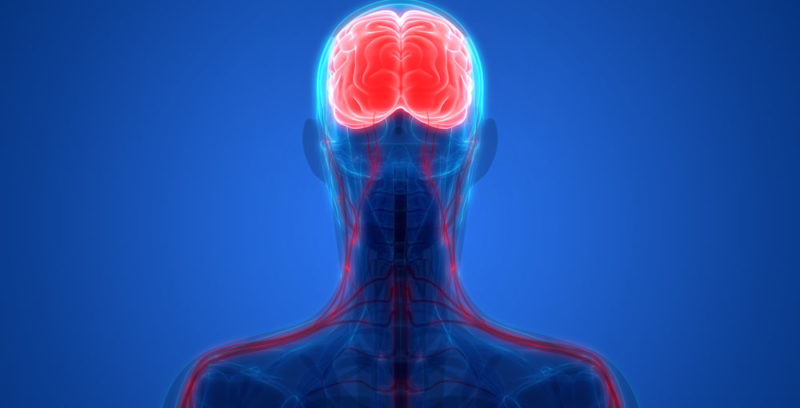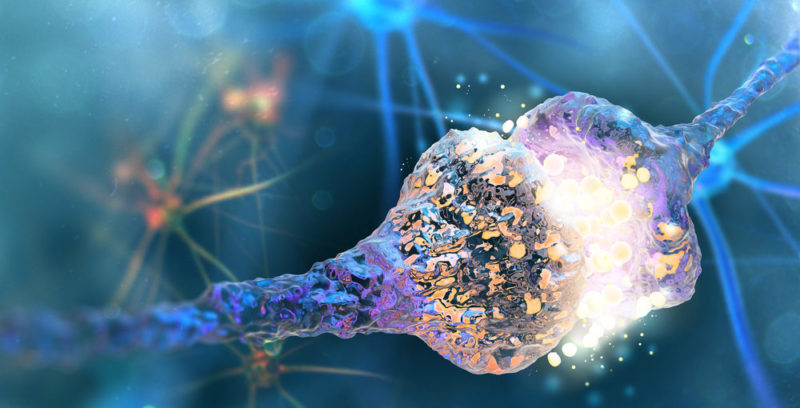We explain what the nervous system is, what its structure is like and various functions. In addition, its characteristics and diseases.
What is the nervous system?
The nervous system is a complex and anatomical network of structures . They are made up of cells and organs. It is considered to be the most complete and complex system in the human body .
For its study it is divided into:
- Central Nervous System.
- Peripheral nervous system. This in turn is subdivided into:
- Somatic nervous system.
- Autonomic nervous system. This in turn is subdivided into:
- sympathetic nervous system
- parasympathetic nervous system
Discovery of the Nervous System

In 1780 Luigi Galvani (born in Italy in 1737) began to study the electrical nature of the nerve impulse. In a conference in which he participated, he said that some time ago he had discovered that a small electrical discharge could be sent to the spinal cord of a dead animal and that it would have involuntary reactions (for example, the movement of a leg) as if it were alive.
He discovered this by dissecting a dead frog , as his scalpel accidentally touched a bronze hook from which the frog's leg was hanging and the frog made an involuntary movement as a result of the electrical discharge.
Structure of the nervous system

As mentioned above, the nervous system can be divided into 4 parts for study:
- Central nervous system (CNS). It is located in the head. It is made up of the spinal cord, the brain, and neurons. These 3 form a complex network through which electrical impulses circulate throughout the body.
- Peripheral nervous system (PNS) . Composed of sensory receptors and nerves. This system is responsible for traveling throughout the body through the nerves. Within this SNP are axons or dendrites that are covered by fascicles.
Central nervous system components
 The central nervous system is made up of:
The central nervous system is made up of:
- Brain. It is located within the skull and comprises the cerebrum , cerebellum , and medulla oblongata .
- Spinal cord . It is located inside the spinal canal. It is divided into 4 regions. It is responsible for sending nerve impulses to the brain for coordination.
- Nerves. It is the basic unit of the nervous system. They are responsible for connecting the brain with the spinal cord and the spinal cord with other parts of the body.
- Neurons . They are the cells of the nervous system. As a particularity, these neurons (and unlike other cells in the body) do not divide.
- nodes. It is found in the PNS and are small clusters and contain neurons associated with cranial or spinal nerves.
Functional classification of the nervous system
 For its study and analysis, the peripheral nervous system is functionally divided into different areas.
For its study and analysis, the peripheral nervous system is functionally divided into different areas.
- Somatic nervous system. It is responsible for performing voluntary movements. It is made up of 31 pairs of nerves called spinal and 12 pairs of cranial nerves.
- Autonomic or vegetative nervous system. It is the nervous system in charge of involuntary movements (such as the pumping of the heart ).
Autonomic nervous system division:
- Sympathetic nervous system. It is the system that is responsible for preparing the body to take action. This system deals with raising pressure, increasing heart rate, dilating the size of the pupils, etc.
- Parasympathetic nervous system. It is responsible for bringing the body to relaxation after a stressful situation .
Central Nervous System and Peripheral Nervous System

Analyzing the central nervous system (CNS), its main functions can be summarized in that this system receives information from the peripheral nervous system (PNS) , processes said information and retransmits it in order to inform the brain about the decisions to be made.
The function of the peripheral nervous system is to connect the central nervous system with the organs of the body to generate the appropriate movement in each case.
Types of Nerves
There are 2 types of nerves:
- Front nerves. They carry information from the peripheral nervous system to the central nervous system.
- efferent nerves. They carry out the opposite path to the previous nerves. They carry information from the central nervous system to the peripheral nervous system.
Internal Structure of Neurons

As explained above, they are the cells of the nervous system. They are cells that make possible all the functions of the organism. The human brain can have around 100 million neurons.
It consists of 3 parts:
- neural body. It has the nucleus and the cytoplasm .
- dendrites. Short, branched extensions.
- Axons. It is a unique and variable prolongation. In the final part, the axon will connect with other neurons and thus transmit information from one to another.
the synapse
It is the communication that occurs between 2 neurons . Specifically, it is the communication between the axon of one neuron and the dendrite of another. Thus, the transmission of information is achieved through a nerve impulse.
The importance of amino acids

In order to protect the nervous system and avoid or stop possible diseases that occur in it, it is important to give main importance and attention to food . This should be rich in vitamins A, C, E, K, B5, B6, B12, choline and minerals.
Nervous System Diseases
Nervous system diseases are commonly associated with a failure in the transmission of information from the spinal cord to the brain . When the failure occurs there, then involuntary movements can be generated. The most common diseases of the nervous system are:
- Alzheimer disease
- Multiple sclerosis
- Meningitis
- Parkinson's disease
- Encephalitis
Luke is passionate about fostering student involvement and connection. He studied psychology for his major and likes learning about the past. Luke aims to specialize in artificial intelligence and cybersecurity. .
Leave a reply
Your email address will not be published. Required fields are marked *Recent post

Sport: What Is It, Types, Risks, Features, Characteristics and Examples

Dogs: Emergence, Features, Characteristics, Feeding and Breeds

Story: Definition, Elements, Structure, Features and Characteristics

